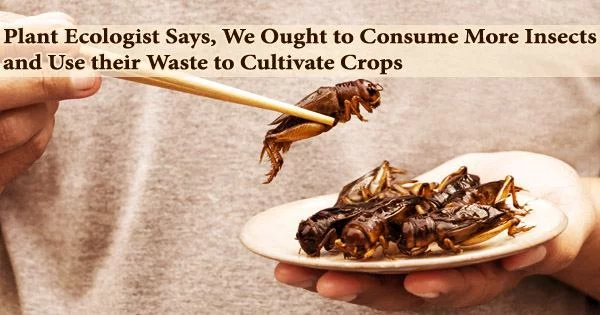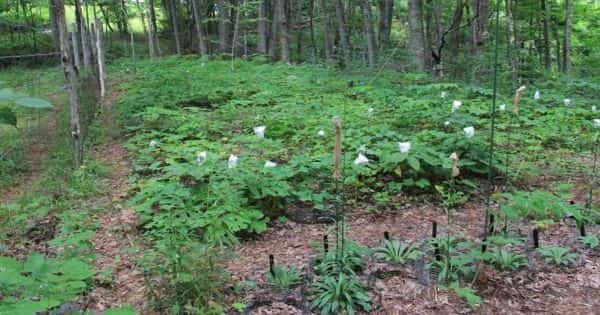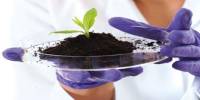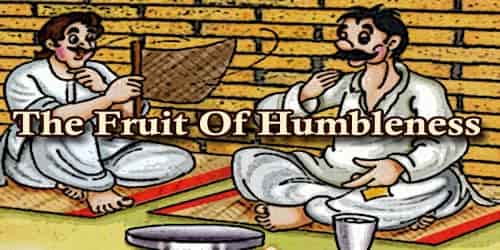Although Marcel Dicke was already aware of how great of a source insects are for human protein, he had no idea how beneficial insects were to plants.
Dicke, a researcher at Wageningen University in the Netherlands, and colleagues examine the advantages of using the waste from insect-as-food-and-feed production to promote sustainable crops in an Opinion paper that was published on March 2 in the journal Trends in Plant Science.
According to the authors, this strategy might improve plant resilience, growth, and health. Exuviae, the exoskeletons left behind after molting, and frass, called after the German word for food, are the two main kinds of insect manufacturing byproducts.
Frass is “basically insect poop and unconsumed food,” says Dicke.
The exuviae and frass encourage plant development and health when put to soil. Since most soils are deficient in nitrogen, which is essential to plant growth, insect feces provide a rich source of nitrogen. As a result, nitrogen is frequently supplied to crops as synthetic fertilizer. Chitin, a polymer that is challenging for most organisms to digest, is abundant in the exoskeletons of insects.
“There is, however, a set of bacteria that can metabolize chitin, and those microbes help plants to be more resilient to diseases and pests,” says Dicke. “When exuviae are added to soil, the populations of those beneficial bacteria increase.”
The use of insect-rearing leftovers on crops is viewed by Dicke and his team as an innovative step toward a circular food system with minimal waste. The waste streams from crop cultivation or food production are fed to the insects, who then produce food for humans. This cycle could be closed by using the byproducts of insect production to support crop development. He merely needs to convince people to support him now.
I have eaten crickets, mealworms, and locusts. Many people in in our part of the world need to get used to eating insects, but I can tell you that I’ve eaten many other insect species around the globe, and I’ve always had a wonderful meal on them.
Marcel Dicke
Dicke refers to insects as “mini-livestock,” and they are already productive when compared to more conventional livestock. One kilogram of beef is made from about 25 kilos of grass.
Ten times as much protein from eatable insects can be produced from the same amount of grass. Since up to 90% of an insect’s body mass can be consumed, compared to only 40% of a cow, insects have a greater conversion rate.
“I have eaten crickets, mealworms, and locusts,” says Dicke. “Many people in in our part of the world need to get used to eating insects, but I can tell you that I’ve eaten many other insect species around the globe, and I’ve always had a wonderful meal on them.”
The possibility that exuviae could be used to manage pests is still being investigated by the researchers. When an insect attacks a plant, its leaves may release volatiles that entice the pest’s predators.
“I call it the plant’s cry for help,” says Dicke. “They are recruiting bodyguards.”
According to Dicke, a similar process may be taking place through the roots of the plants, and the bacteria that are breaking down the chitin in the insect feces may also be providing security for the plants by destroying pathogenic fungus and strengthening their resistance to pests.
“Studies have already shown that microbes associated with the roots help plants by protecting against diseases,” says Dicke. “Now we’re investigating whether plant roots recruit microbes that help them in defending against pests.”
















